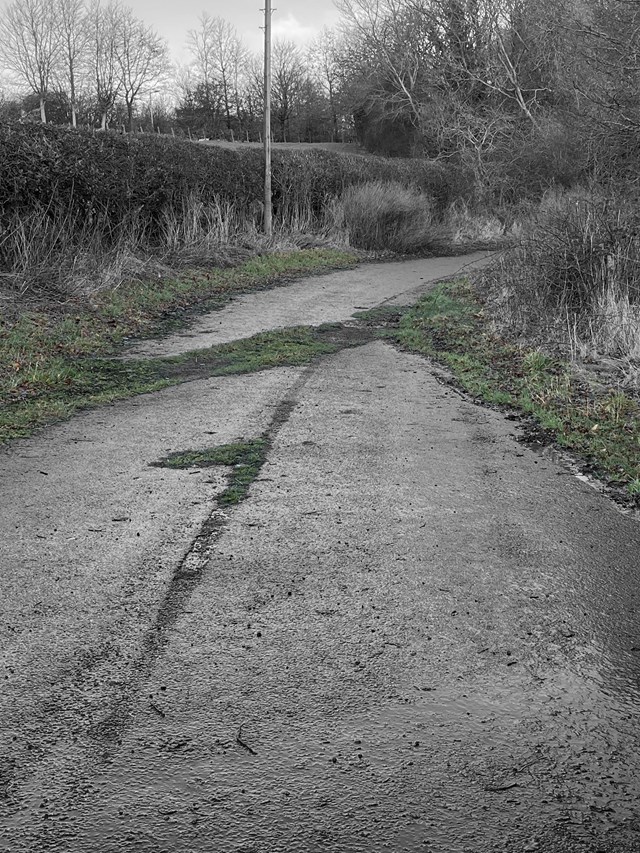In the summer of 2018, I left the city behind to move back to my childhood hometown of Stonehouse in the countryside. After spending 4 years in the city of Glasgow, experiencing the hidden layers of the city and what about them attracts people to move there, I turned my focus to the areas that people leave behind. In my time in the city, many improvements were made, money was poured into infrastructure and the place grew architecturally, as well as culturally. As more money and resources are put into urban places, rural areas are left to ruin.
On my return to the village, I found it to be the same as I left it. Is it the case that cities evolve so quickly that we forget history? Or do rural areas fail to make way for something new? I find both to be partly true, Glasgow is notorious for demolishing buildings of architectural significance in favour of the new, whereas rural settings hold the traditional so close to their hearts new ideas are often rejected. Neither are a good thing, but neither bad.
The images above show an old route into the village of Stonehouse, the new bridge was constructed further up the river, instead of replacing this one. While abandoned and overlooked by travellers, the residents hold it close to heart. To me, it shows the importance of history, and highlights the fact that city history is preserved while rural history succumbs to nature.
While urbanism grows, ruralism decays.


